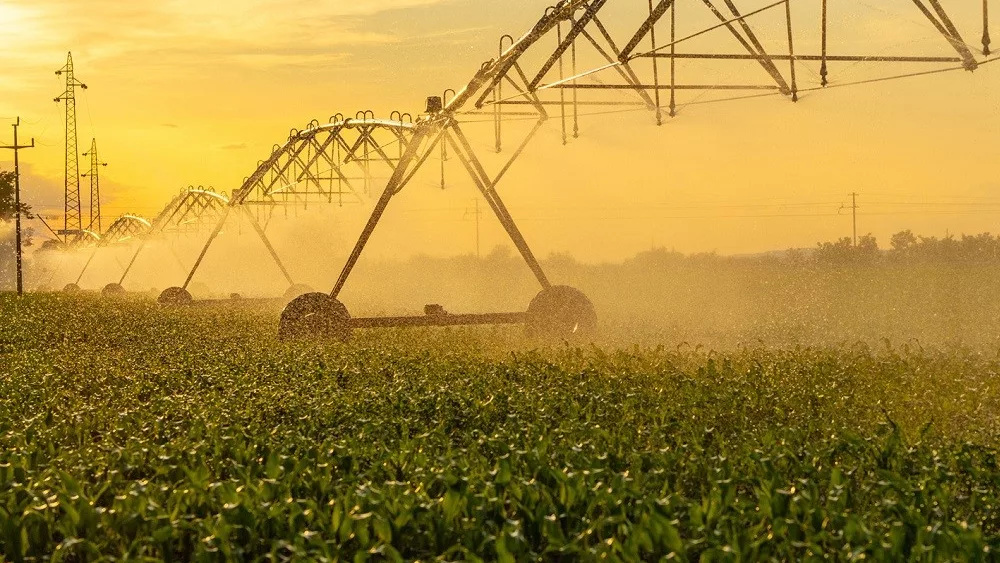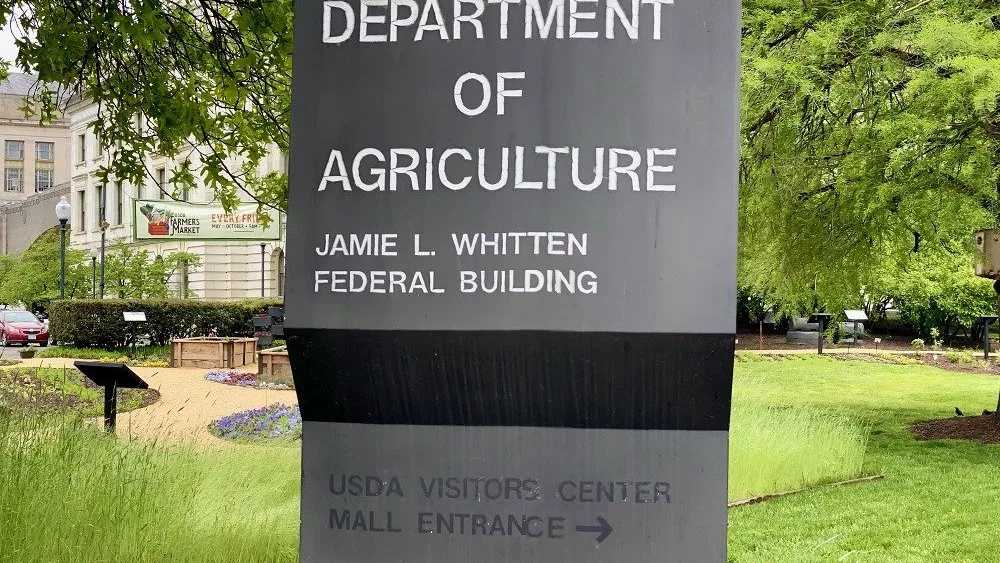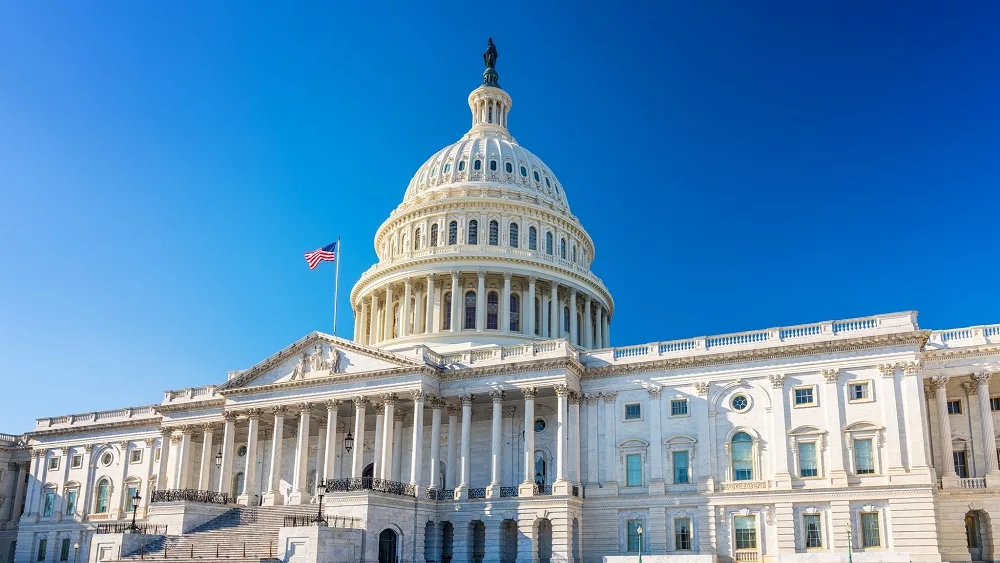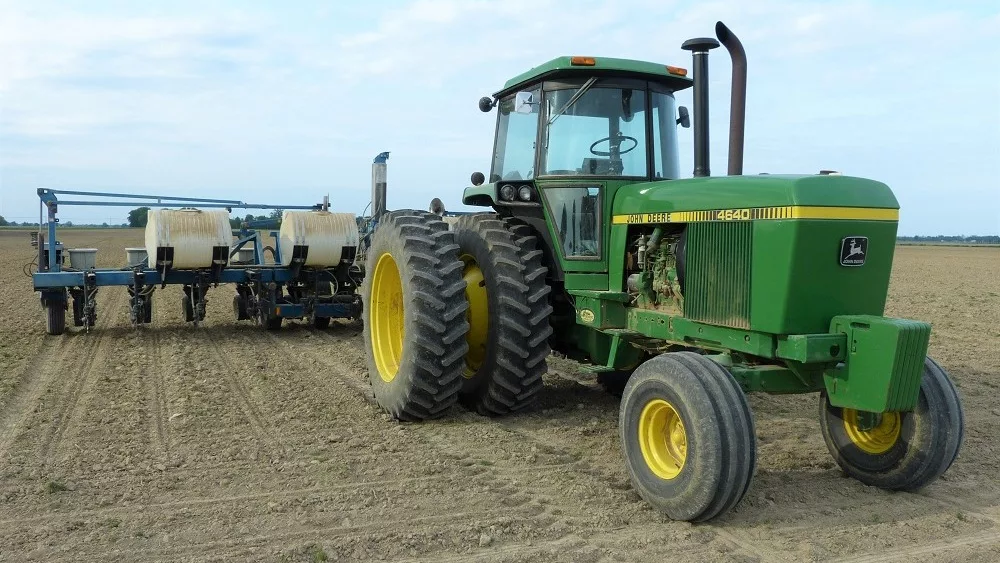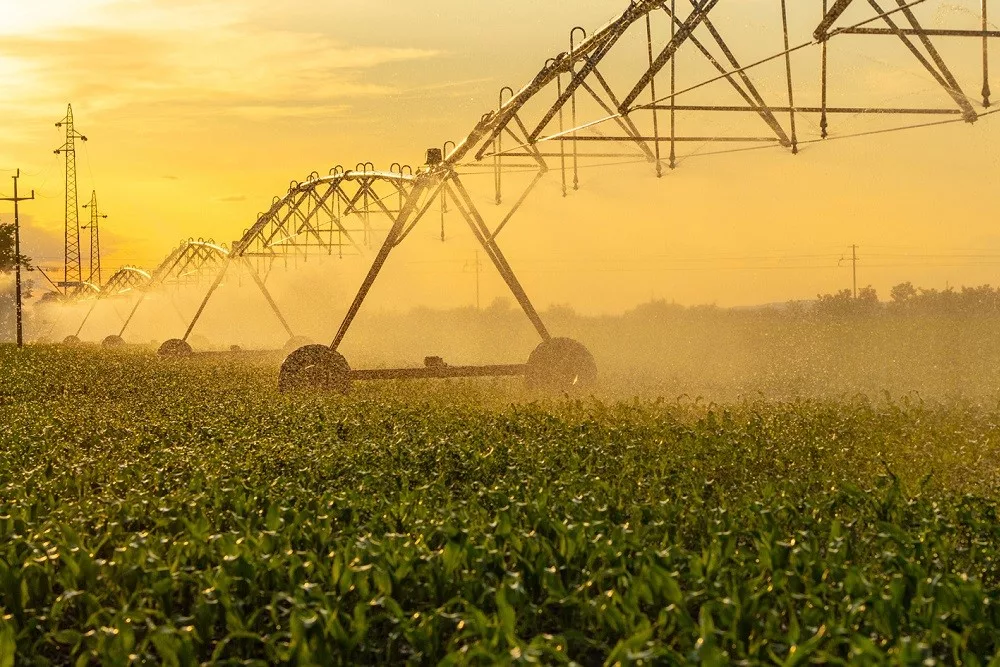
A new project spearheaded by researchers at Purdue University and Michigan State University is harnessing solar power to make irrigation more efficient and cost-effective for farmers.
By integrating solar energy with IoT (Internet of Things) technology, the project aims to help farmers in rural areas manage energy demands, cut costs, and gain better control over irrigation practices.
The initiative, supported by a grant from the USDA, is a collaboration between Dr. Younsuk Dong, assistant professor and extension specialist at Michigan State University, and Dr. Woongkul Matt Lee, Assistant Professor of Electrical and Computer Engineering at Purdue University. Their goal is to make irrigation more accessible and environmentally sustainable.
Dong highlighted the issues faced by many rural farmers, who rely on grid-connected irrigation systems that often experience power instability.
“In rural communities, electrical systems can be unstable depending on the location, which can be a challenge for utility companies and farmers alike,” he explained. Current irrigation systems, which usually operate on three-phase power, can trigger high electricity demand charges, especially at peak times. To address this, the team is focusing on a solar-powered microinverter that reduces these peak demands and softens the initial energy surge when pumps start up.
The project involves two key components: solar-powered technology and IoT sensors. Solar energy will be used to power irrigation pumps and support “peak shaving” — reducing the strain on power grids during high-demand periods. In addition, IoT sensors in the field will allow farmers to monitor soil moisture, energy use, and other critical data in real-time through cloud storage.
“This will be a great opportunity for farmers to understand their power usage per irrigation application and adjust accordingly to maximize efficiency and reduce costs,” Dong said. The data gathered will help farmers make informed decisions, like whether to irrigate based on soil dryness, which could be especially beneficial in regions prone to drought.
The project’s adaptability is another highlight. Dong emphasized that one of the project’s objectives is to create a decision-support tool for farms of different sizes and irrigation needs. The solar-powered microinverter is designed to fit various existing irrigation systems, making it a versatile solution for diverse agricultural settings. While the technology is currently being tested on farms in Michigan and Indiana, the team hopes to make it scalable for other regions.
Besides cost savings, Dong pointed out additional environmental benefits of the project. Farmers will be able to avoid over-irrigation, conserve water, and potentially reduce crop disease with better data on field conditions. Furthermore, the project seeks to incorporate findings from plant pathology research, providing farmers with recommendations for optimal irrigation timing to reduce plant stress and disease.
In October, both Dong and Lee have received a $394,600 grant from the U.S. Department of Agriculture’s (USDA) Natural Resources Conservation Service to further develop the solar-powered irrigation project.
Though in its early stages, is positioned to address several pressing issues in agriculture: rising energy costs, water conservation, and sustainable farming practices. By offering a tool that supports renewable energy and real-time monitoring, Michigan State University and Purdue University hope to equip farmers with resources to manage their operations more efficiently and sustainably.
Dong is an expert in accessible irrigation technology development, having already created and field tested the Low-Cost Monitoring System (LOCOMOS). LOCOMOS significantly lowers the initial cost of in-field irrigation sensors and is usable with a smartphone app.
The sensors collect data on soil moisture, leaf wetness and other environmental conditions, which is then analyzed by software that sends growers precise irrigation recommendations.

